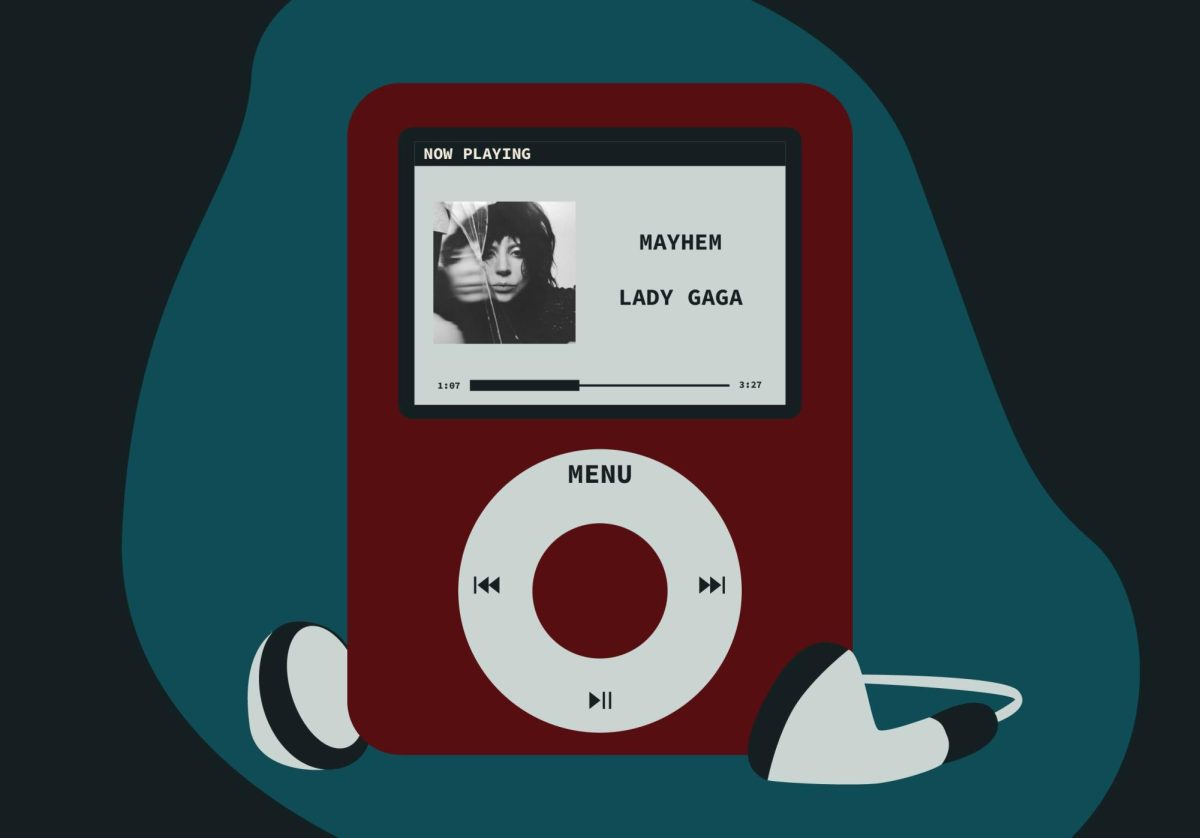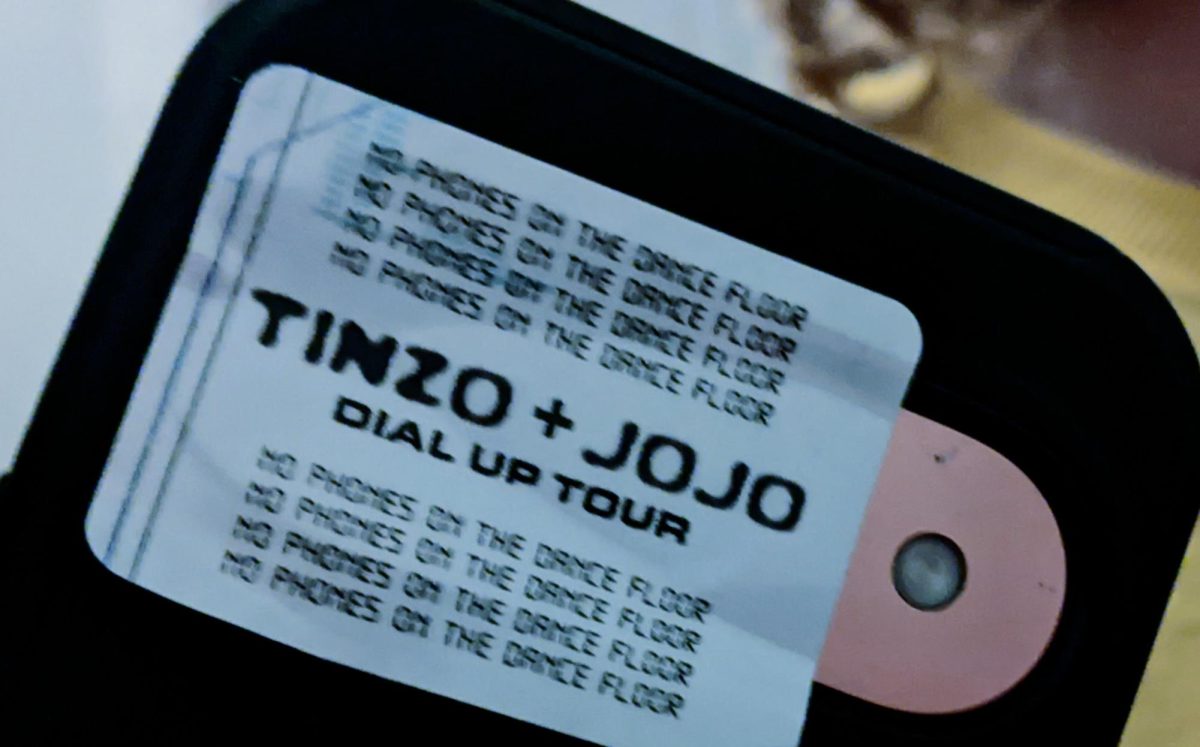At first listen, Javanese gamelan and new music aren’t dead-ringers for each other.
Javanese gamelan music is rich in tradition, one of the two main varieties of indigenous Indonesian music — the other being Balinese gamelan. New music eschews tradition for complete improvisational freedom, functioning as a reactionary that breaks down the constructs of European classical music.
Yet upon closer scrutiny, gamelan — traditional Indonesian orchestral ensembles that feature gongs, reeds, mallet instruments and strings improvising on melodies — and new music both have inherent dissonance that makes them mesh well. The Indonesian tuning system — a deviant of basic solfeggio (do, re, mi, etc.), with a larger number of semi-tones — functions perfectly with new music’s embrace of atonality.
The International Novelty Gamelan, a dedicated group of hobbyist gamelan junkies, fuses the two masterfully. Due to its prowess and unusual medium, the group will take the stage at the 10th anniversary of the Heliotrope festival this Thursday. It’s a festival the group has played every year since its inception.
“They reached out to us,” gamelan member Elaine Evans said. “[Festival organizer Richard Barlow] knew we were doing this in a basement somewhere and that we should get out of the basement and bring it out to the people. We’re selective in our shows, but we always play the Heliotrope. It’s a special thing.”
International Novelty Gamelan is a perfect fit for Heliotrope’s eclectic lineup, which also encompasses free jazz, noise and psychedelic music, among other genres. Organizers Barlow and Erik Wivinus champion the event as an “independent festival of underground and underexposed music,” according to the event’s website.
The festival was cancelled last year because they were unable to book what the organizers deemed a momentous enough lineup for their 10th anniversary. The festival’s hiatus incited worry throughout the gamelan that the event might not return.
“Fear — that was the effect,” gamelan member Chris Parker said of the festival’s year off. “… It’s so much work [that] it wouldn’t have shocked me if they said, ‘Gee, it’s nice not having to do that.’ ”
Now, both the festival and the International Novelty Gamelan are as strong as ever. The gamelan, which formed in 2002, breaks from Javanese tradition by adding Western instruments.
“We don’t play the traditional Javanese repertoire, though most of us have,” Parker said.
The group’s forte is adaptability. Despite being musically oriented, none of the gamelan members pursued formal musical schooling, but that’s part of what makes the worlds of Javanese gamelan and new music mix so seamlessly. As does an open recruitment system and a willingness to exercise a variety of musical skills.
“Most of us had ended up in the traditional [gamelan] community, and a few people off and on throughout the years … found us online and asked to come play,” gamelan member Kathy Knight said.
Though gamelan can be notated, Parker mentioned that it’s primarily an oral tradition. This allows for deviation from solfeggio and is part of what makes it so user friendly.
It’s why the International Novelty Gamelan is able to integrate new music concepts and absorb new members effortlessly.
“I went and saw the traditional group when they first formed,” Parker said. “Afterwards they said, ‘You can come up on stage and try the instruments.’ So I did, and I was playing in total ignorance on something, and someone was playing totally ignorantly next to me, and someone else who knew a little bit sat down and played, and it sounded really good.”
What: Heliotrope X
When: 6 p.m. – 12 a.m. Thursday – Saturday
Where: Intermedia Arts, 2822 S. Lyndale Ave., Minneapolis
Cost: One-day pass $12, Three-day pass $3













